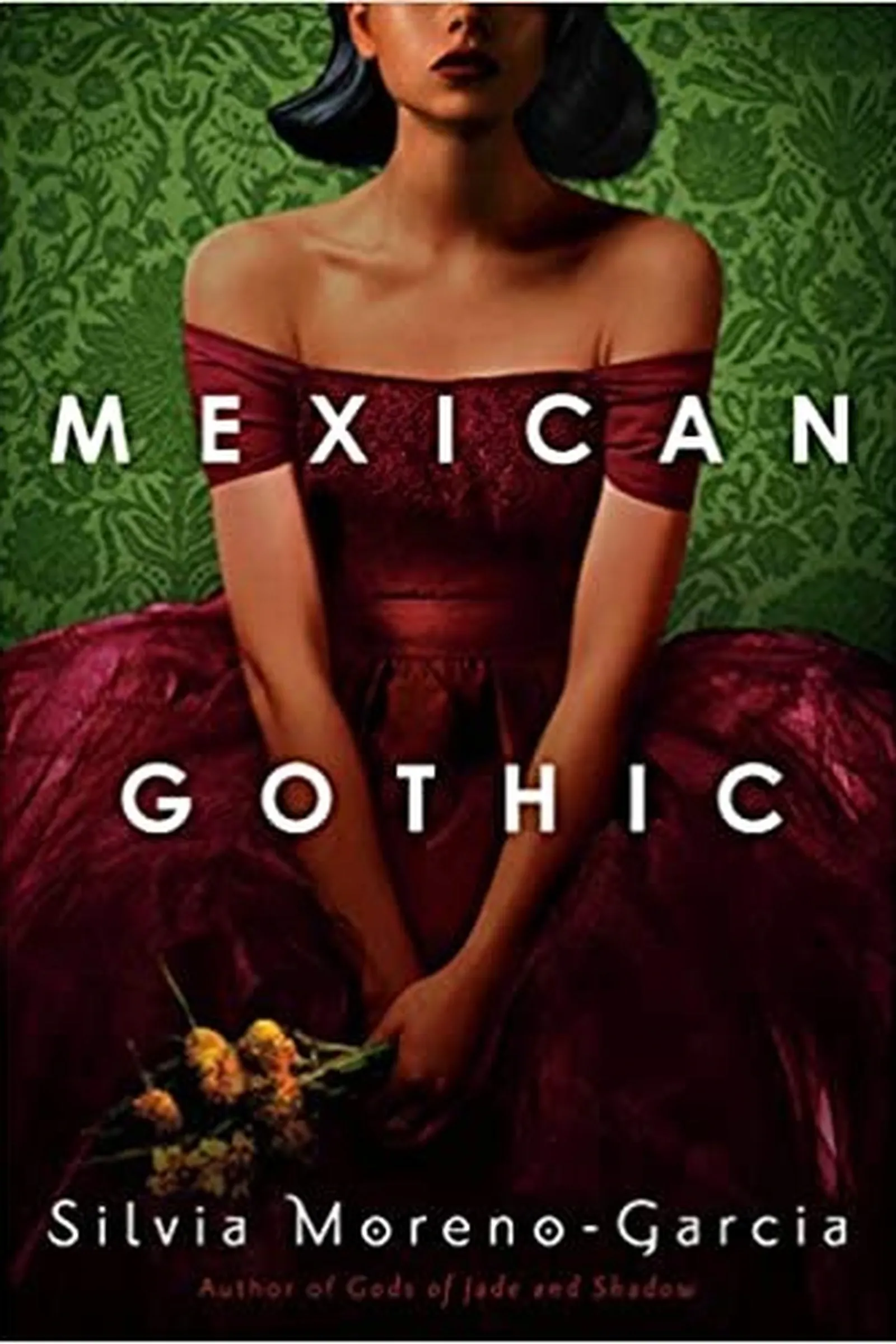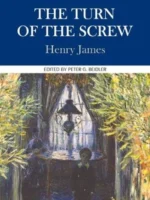Mexican Gothic, Silvia Moreno-Garcia, 2020
- Author: Silvia Moreno-Garcia
- Genre: Horror/Gothic
- Publisher: Del Rey
- Publication Year: 2020
- Pages: 320
- Format: Paperback
- Language: English
- ISBN: 978-0525620785
- Rating: 4,0 ★★★★☆
Mexican Gothic Review
About
Published in 2020, Silvia Moreno-Garcia’s Mexican Gothic reimagines the classic haunted-house story through a vivid Latin American lens. Set in 1950s Mexico, it fuses the lush imagery of Gothic fiction with postcolonial critique, exploring class, race, and gender beneath its fog and fungus. The novel pays homage to writers like Shirley Jackson and Daphne du Maurier while carving its own identity—opulent, unsettling, and defiantly modern. It’s both a love letter to the genre and a reclamation of it.
Overview
The story follows Noemí Taboada, a glamorous and sharp-tongued Mexico City socialite, who travels to the remote estate of High Place after receiving a frantic letter from her newly married cousin Catalina. The letter hints at poison, ghosts, and something wrong within the house. When Noemí arrives, she finds an isolated family of fading English aristocrats, a decaying mansion clinging to a mountainside, and an oppressive atmosphere thick with secrets. Polite dinners and cryptic warnings soon give way to grotesque dreams and a suffocating sense of control. What begins as curiosity turns into a fight for sanity and survival.
Summary
(light spoilers) Noemí, more accustomed to parties than peril, enters High Place with confidence and skepticism. The house feels alive—walls that breathe, whispers in the night, the scent of decay everywhere. Her cousin Catalina lies in a fragile state, terrified yet incoherent, while the Doyle family watches Noemí with eerie composure. The patriarch, Howard Doyle, preaches purity and family legacy; his son Virgil exudes charm tinged with menace. Dreams invade Noemí’s sleep—blood, gold, and roots curling through flesh—until she begins to suspect the horror is biological as much as spiritual. With the help of the shy Francis, she uncovers the house’s secret: a parasitic fungus linking the family through generations, preserving them and enslaving others. The revelations blur science and sorcery, empire and infection. In the climax, Noemí must burn through both nightmare and bloodline to reclaim freedom—for herself and for Catalina—leaving the ruins of a colonial past literally smoldering behind her.
Key Themes / Main Ideas
• Colonial rot — empire’s decay disguised as refinement.
• Body and control — biology as a tool of domination.
• Gender and resistance — women’s defiance against patriarchal inheritance.
• Heritage and identity — reclaiming story and soil from those who consumed both.
• The house as organism — power that grows, feeds, and must finally be burned out.
Strengths and Weaknesses
• Strengths — Atmospheric prose, rich sensory detail, and a heroine who balances glamour with grit; the setting feels tactile and new for the Gothic canon.
• Strengths — The blend of folklore, science, and horror creates a fresh allegory for colonialism.
• Weaknesses — The pacing in the first half is slow and dreamlike; some readers may crave more action early on.
• Weaknesses — The villain’s explanations verge on melodrama, but the ideas behind them stay hauntingly real.
Reviewed with focus on themes, audience, and takeaways — Silvia Moreno-Garcia
| pa_author | Silvia Moreno-Garcia |
|---|---|
| ISBN | 978-2-991-56046-1 |
| pa_year | 1971 |
| Pages | 558 |
| Language | English |







